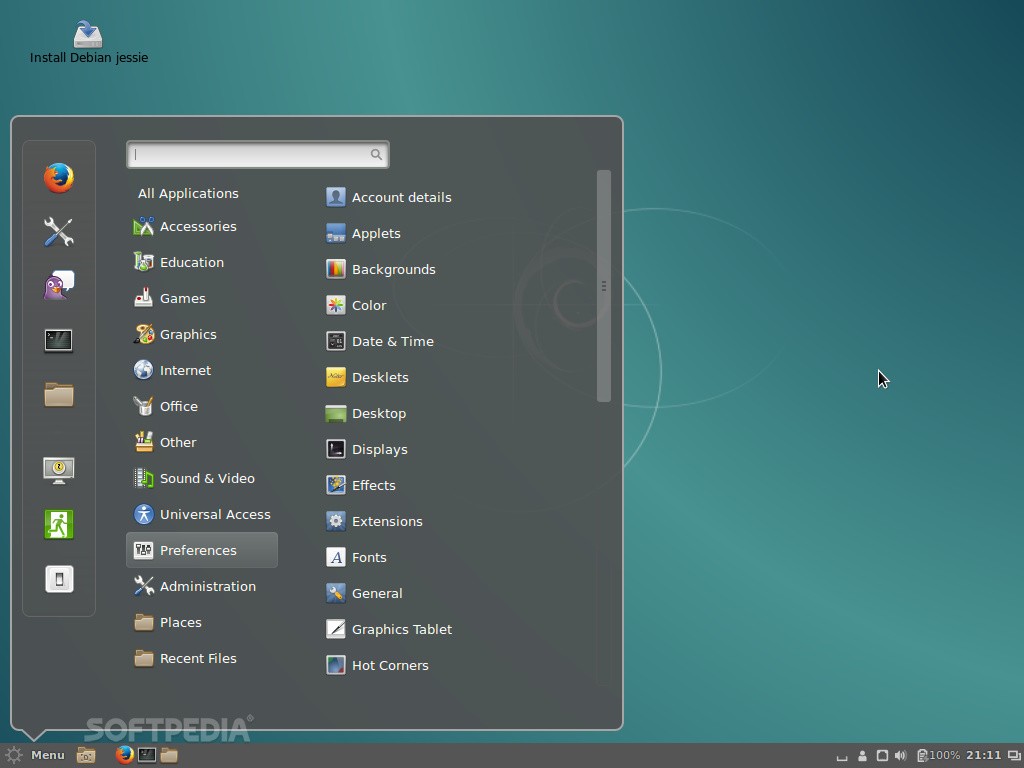

Debian's unstable trunk is named after Sid, a character who regularly destroyed his toys. Naming convention ĭebian distribution codenames are based on the names of characters from the Toy Story films. Oldoldstable is eventually moved to the archived releases repository. When the Debian stable branch is replaced again, the oldstable release becomes the "oldoldstable" release.


When the Debian stable branch is replaced with a newer release, the current stable becomes an "oldstable" release. It is the most volatile version of Debian. The unstable release (also known as Sid) is the branch where active development takes place. Testing has significantly more up-to-date packages than stable and is frozen some time before a release to become the next version of Debian. The testing branch contains packages that have been imported from unstable. The stable branch is considered the primary release and what most people refer to when talking about Debian. ĭebian always has at least three active branches at any time: "stable", "testing" and "unstable". The next up and coming release of Debian is Debian 13, codename "Trixie". The most recent version of Debian is Debian version 12, codename "Bookworm". Recent releases have been made roughly biennially by the Debian Project. Releases of Debian GNU/Linux, a computer operating system A screenshot of Debian 10 ( Buster) with the GNOME desktop environmentĭebian releases do not follow a fixed schedule.


 0 kommentar(er)
0 kommentar(er)
